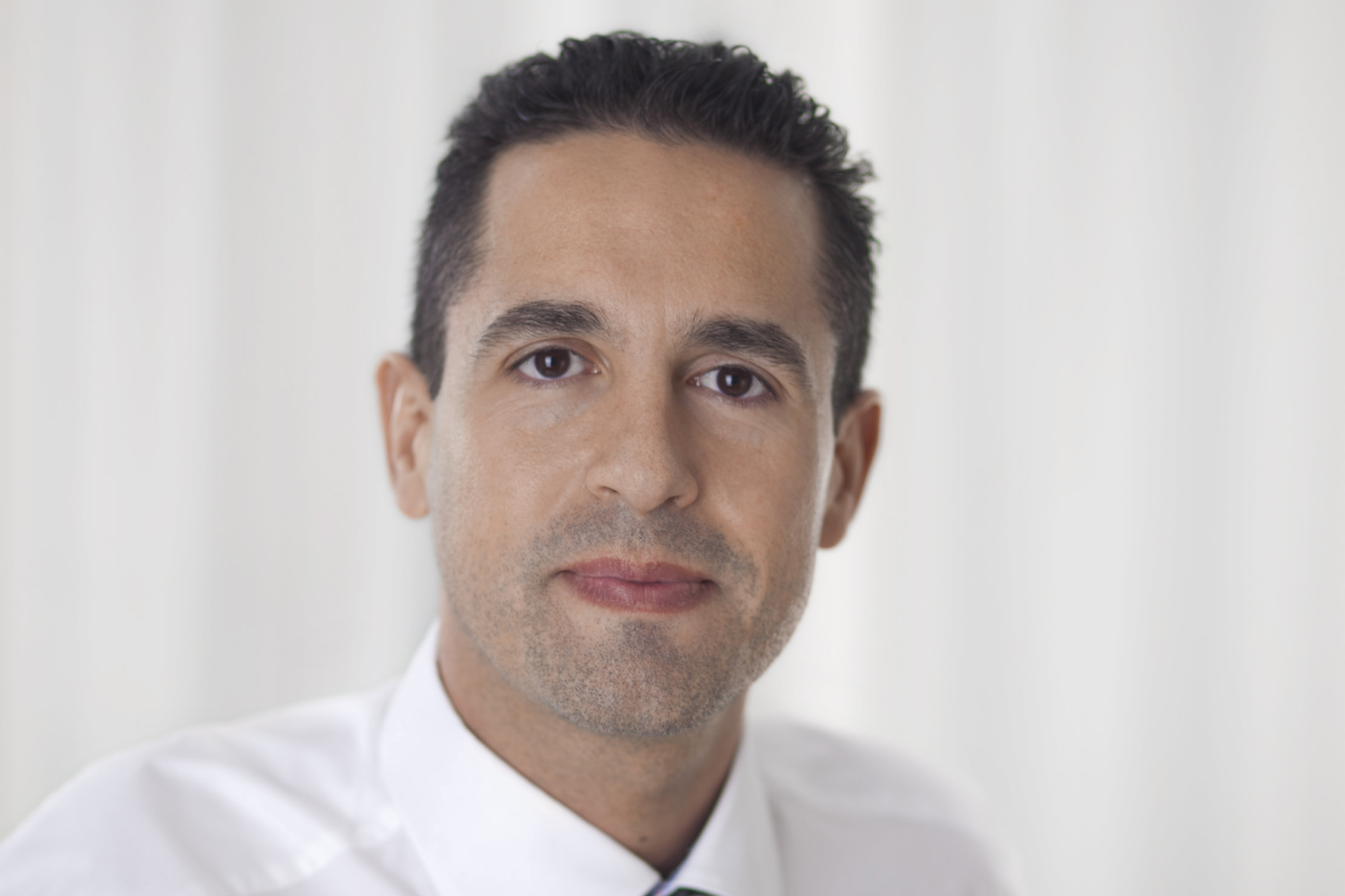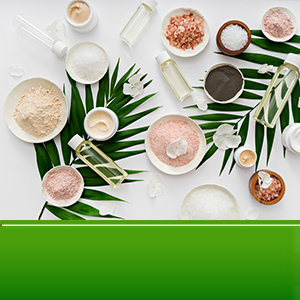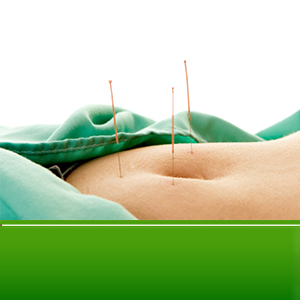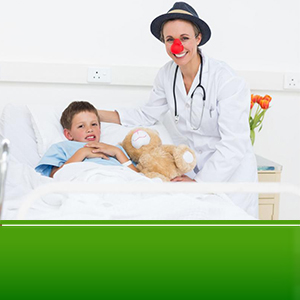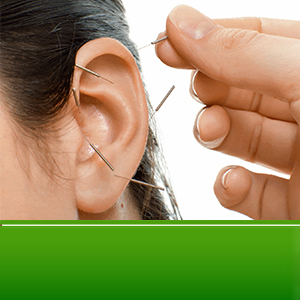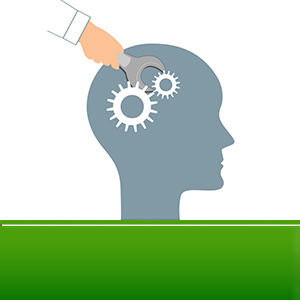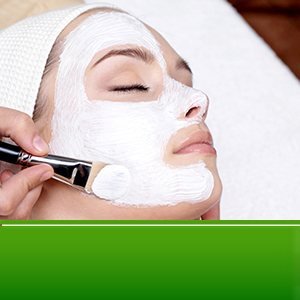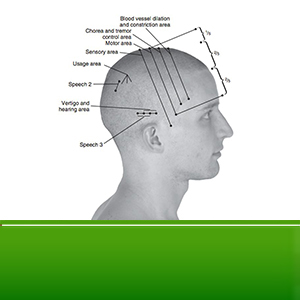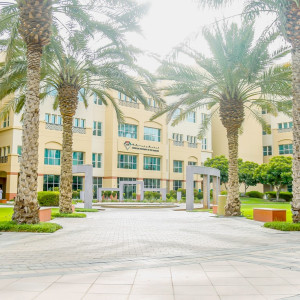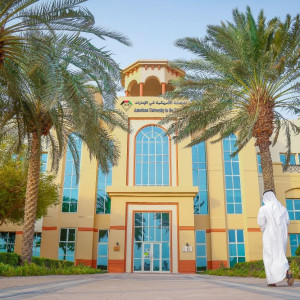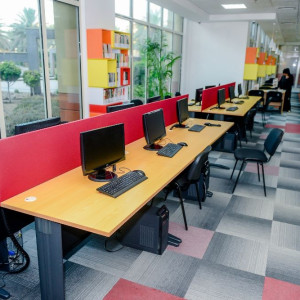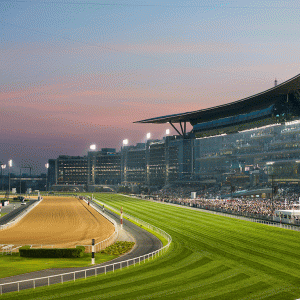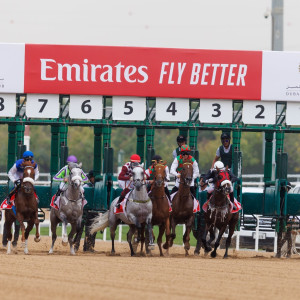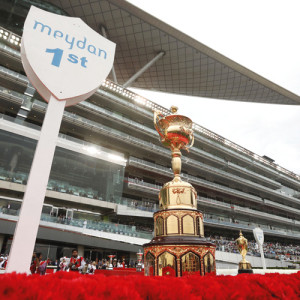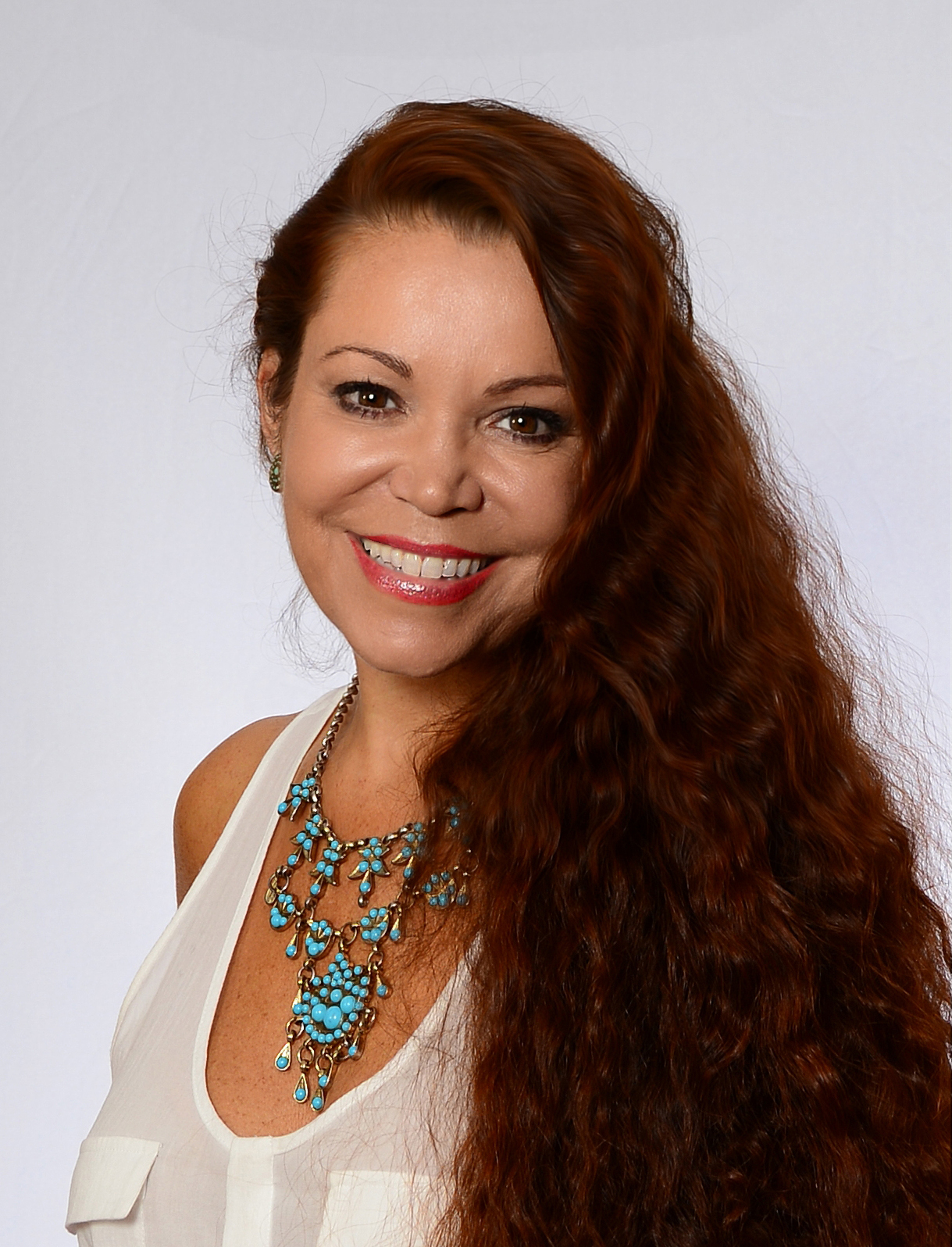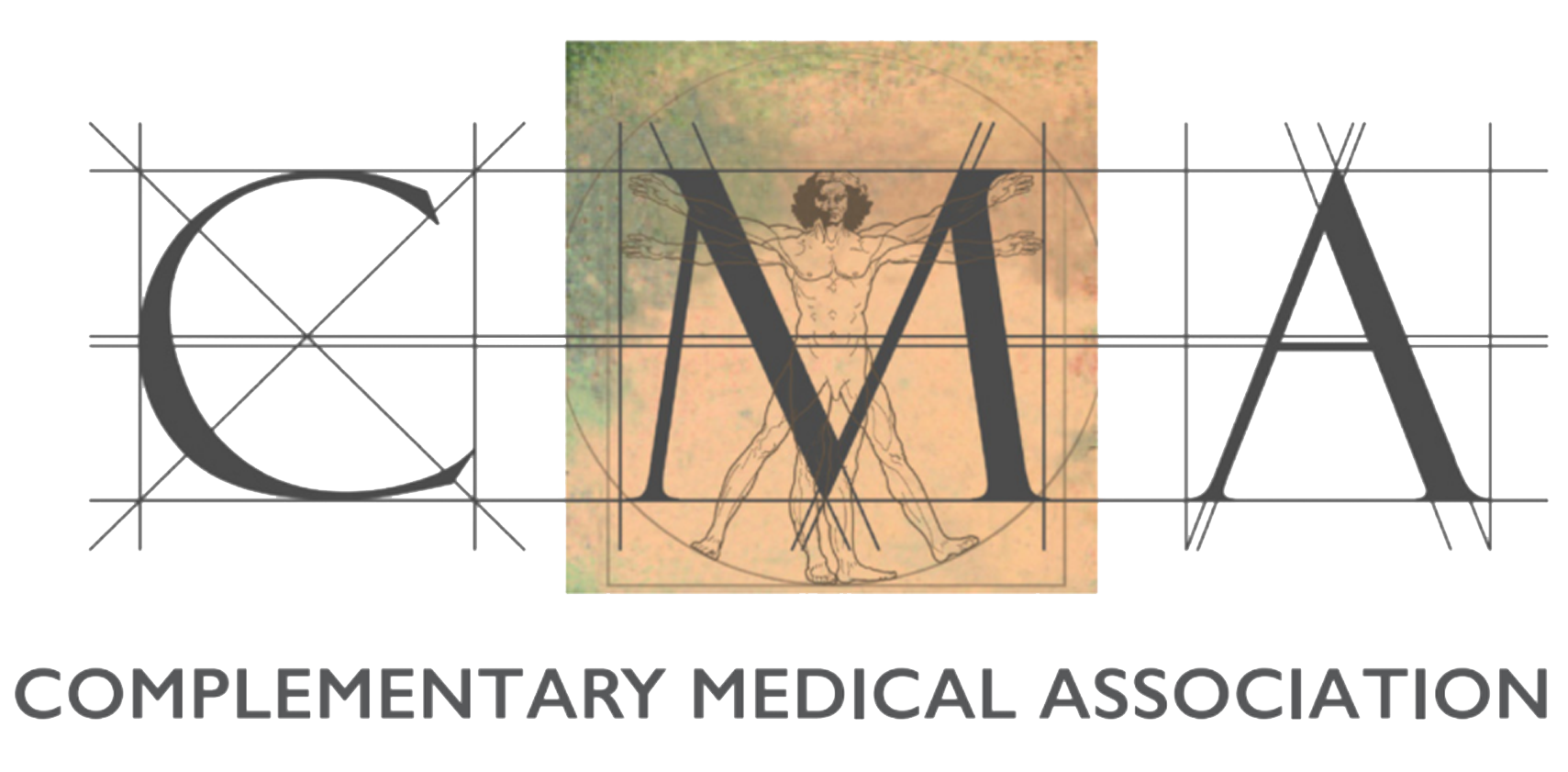
Register Now! Please, fill in your personal details and we will contact you shortly
Osteopathy

Audience
About the program
The course in equine osteopathy will teach you how to assess, osteopathically diagnose and treat musculoskeletal conditions in horses and ponies.
The main osteopathic approach is based on ‘classical’ osteopathy and is fundamentally a structural approach to manipulation involving ‘long lever’ rather than ‘short lever’ manipulation. The techniques involve joint and muscle mobilization and articulation. This is a tried and tested method for treating musculoskeletal problems in horses.
The classes will involve revision of the anatomy relevant to the structural techniques to be learned.
The main theme of teaching the early techniques will involve:
1) learning/revising the anatomy.
2) Palpating the anatomical structures.
3) articulating the tissues palpated.
We try to instill the idea of ‘Osteopathic intention’, which involves visualizing the tissues being palpated and treated. This method ensures an osteopathic input that generates healing and healing energy.
Other essential and necessary subjects will include visual assessment and lameness, equine behavior and psychology, handling and control of horses and patterns of somatic dysfunction and biomechanics and vertebral manipulation.
The visual assessment at walk and trot gives the osteopath an opportunity to assess the quality of movement and detect lameness. It also helps formulate an early indication of where to begin the structural assessment or target treatment.
Equine psychology and behavior are essential for a practitioner to remain safe when assessing or treating horses. It also enables the osteopath to apply structural osteopathic techniques effectively and safely.
Learning the patterns of dysfunction, (osteopathic lesions, somatic dysfunction, pathophysiology) in horses explains why horses behave the way they do whilst being handled or ridden. It gives the practitioner a means of explaining to the rider or owner why their horse finds it difficult or impossible to perform certain actions.
This pathophysiology causes some predictable patterns in the horse so learning how to detect these patterns shows the osteopath how to approach and resolve those issues with manipulation.
To properly understand how the patterns of dysfunction affect the horse, a sound knowledge of equine biomechanics is required.
The process of applying osteopathic articulation and joint mobilization involves learning how to assess and treat every joint in the horse’s body.
We begin with the distal forelimb, starting with the most distal articulations in the foot, and work carefully up the limb to the shoulder, using the anatomy and palpation prior to joint articulation. This involves mobilizing both bony and soft tissue, treating muscles, ligaments, tendons, and joints.
The next stage involves the same approach to the hind limb. It is just as important to be able to safely assess and treat the back leg from the most distal tissues up to the hip and pelvis.
The osteopathic approach to the cervical spine is covered next. Each vertebral level in the neck can be palpated, assessed, and treated with joint articulation and manipulation.
The structural approach includes treatment to the thoracic and lumbar spine.
Once the fundamental classical approach to treatment of the horse has been covered, you will learn how to apply direct manipulation. The course will finish with student clinics whereby you will assess and treat a range of horses.
Craniosacral is an energy therapy that uses hands-on approaches to the cranium, spine, sacrum and extremities to address physical and emotional tension and stress caused by day-to-day life and pressure on the cranium from wearing tack, being led, ridden and so on, which in turn can affect the bone position and create compensatory patterns in the temporomandibular joint and mastication, which affects the biomechanics of the horse.
Craniosacral therapy is now very much practiced around the world and continues to develop in popularity for a wide range of people and animals. It is a gentle but very powerful way of working with the body using light touch.
CST supports your body’s innate ability to (re)balance, restore and heal itself, as well as helping to reduce stress and build your underlying energy. The practitioner senses tensions in the body and helps to release them in a supported and comfortable way using CST techniques.
A significant amount of time is devoted to practical work with horses, so that students can develop the skills necessary for addressing each individual horse's needs. The equine skull houses the brain, which is well protected within the cranial cavity.
However, just below the thin layer of skin covering the skull, the complex labyrinth of muscles, veins, connective tissues, and nerves, are all vulnerable to injury, poorly fitting tack and environmental influence. In this training we will study this powerful therapeutic method in depth.
Each student receives the “Anatomy, Physiology and Pathology” worth 10,000 dirhams, for free!
Includes also Cranio-Sacral Therapy





 About the college
About the college
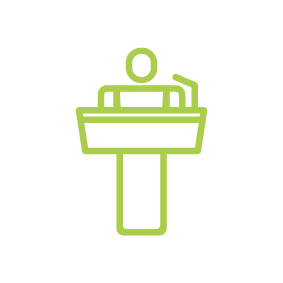 Lecturers
Lecturers
 Gallery
Gallery
 The Dean
The Dean
 CMA
CMA
 CMA President
CMA President
 Dubai Racing Club
Dubai Racing Club
 Dubai Equestrian Club
Dubai Equestrian Club
 Our partners
Our partners
